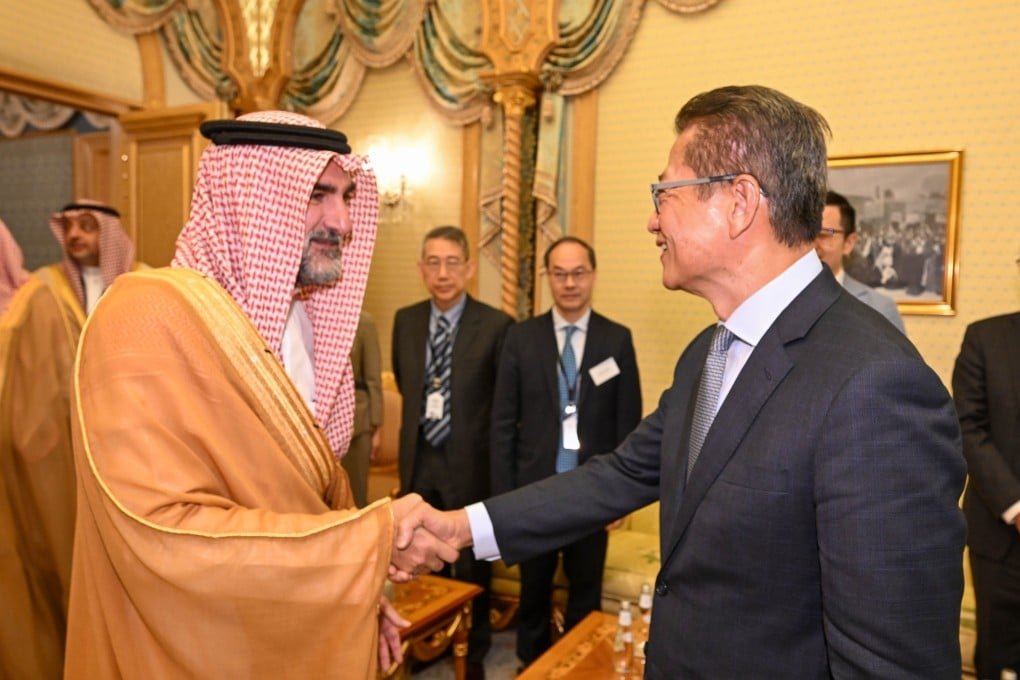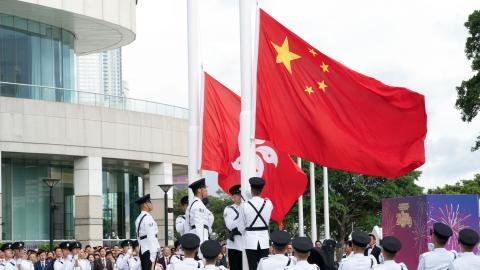The infected individual, an eighty-two-year-old resident of Fung Tak Estate in Diamond Hill, developed symptoms in late October and had no recent travel history, prompting authorities to flag an exposed zone of around eight thousand residents.
At the nearby Diamond Hill Urn Cemetery, grave-sweepers reported wearing long-sleeve clothing, applying repellent and stepping up vigilance against mosquitoes.
“We sprayed mosquito repellent and wore long-sleeve clothing before going grave-sweeping today.
We did everything we could to ward off mosquitoes,” said Michael Chau, a fifty-two-year-old engineering-sector worker.
Other visitors displayed similar caution, with a repellent-station having been set up at the cemetery entrance.
Despite the health alert, many said they would not skip their ritual pilgrimage: “I did not consider skipping tomb-sweeping despite the risk of chikungunya virus infection,” Chau said, emphasising respect for his grandparents and cultural duty.
At the same time, some grave-sweepers urged authorities to intensify anti-mosquito efforts, reflecting underlying concern about local transmission of the virus.
Health officials from the Centre for Health Protection (CHP) have launched investigations and heightened vector-control operations after confirming the local chikungunya case.
Mosquito flight range mapping centred on the patient’s home suggested around twenty neighbouring residential blocks could be at risk.
The government has dispatched teams for strata-wide fogging, eliminated breeding sites and urged residents within the affected radius to monitor for symptoms including fever, joint pain and swelling.
The timing of the case, arriving just ahead of the gravesite visits associated with the Chung Yeung Festival, has added urgency to public-health messaging.
Authorities emphasised that the virus spreads via infected mosquitoes—not person-to-person contact—and stressed that individual prevention, such as repellent use, wearing protective clothing and eliminating stagnant water, is critical.
Nonetheless, the persistence of tomb-sweeping routines underscores the cultural strength of the festival and the resolve of Hong Kong residents to honour tradition while adapting to emerging health challenges.
With tens of thousands visiting memorial sites across the city this period, officials view heightened vigilance as central to averting wider transmission of chikungunya in the territory.
The combination of grassroots preventive action and government-led mosquito control aims to keep the region’s ritual calendar intact amid evolving infectious-disease pressures.


















